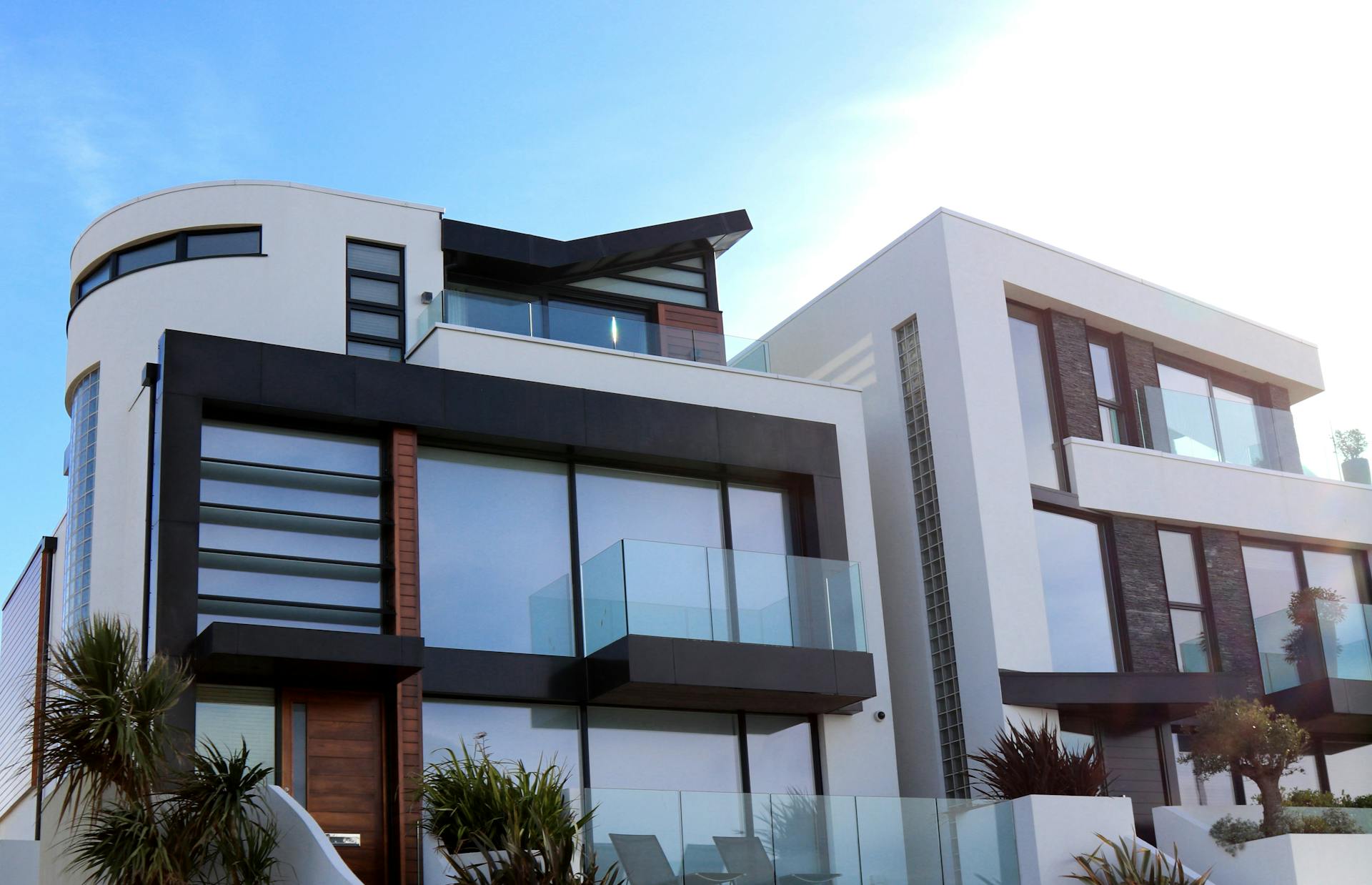Global sustainability measures for domestic buildings have become a critical focus area for addressing the escalating challenges of climate change, resource scarcity, and environmental degradation. It is evident that transforming residential buildings into sustainable entities requires a multifaceted approach that spans design, construction, operation, and occupant behavior.
Energy Efficiency
Energy efficiency is at the forefront of sustainable building practices. Governments and industry leaders worldwide are pushing for stringent energy codes and standards to reduce the carbon footprint of homes. The adoption of passive design strategies—such as optimizing natural light, ventilation, and thermal performance—can drastically cut energy use. Furthermore, integrating renewable energy systems like solar photovoltaic panels or geothermal heating and cooling has proven to be a game-changer. Many regions now incentivize homeowners to generate their own clean energy through these systems, helping to decentralize energy grids and reduce reliance on fossil fuels.
Materials
The materials used in domestic construction also play a pivotal role in sustainability. Sourcing locally-produced, low-emission materials—such as recycled steel, reclaimed wood, or low-carbon concrete—not only minimizes the embodied energy of buildings but also supports circular economies. Green certifications such as LEED (Leadership in Energy and Environmental Design) and BREEAM (Building Research Establishment Environmental Assessment Method) are increasingly being adopted to ensure that sustainable material choices are made from the outset.
Water Management
In terms of water management, sustainable homes are now designed to incorporate systems that reduce water consumption and waste. Low-flow plumbing fixtures, rainwater harvesting, and greywater recycling systems are becoming standard in sustainable building design. Many countries are also implementing stricter regulations around water use, particularly in drought-prone regions, making these systems not just an option but a necessity.
Health Considerations
A key, though often overlooked, aspect of sustainability is the health and well-being of building occupants. The use of non-toxic materials, efficient ventilation systems, and maximizing indoor air quality have become paramount. Buildings that prioritize natural light, biophilic design, and enhanced thermal comfort are proving to improve the health and productivity of occupants, making these design principles integral to the concept of sustainability. During retrofitting to improve energy efficiency of the dwelling, care must be taken to optimize air-tightness and reduce cold bridging to prevent the formation of molds, and other situations which compromize indoor air quality.
Smart Technologies
Lastly, smart technologies are revolutionizing the way buildings operate. Advanced home energy management systems, automated climate control, and smart appliances allow homeowners to monitor and optimize their energy use in real-time. The Internet of Things (IoT) is enabling a new era of connected, adaptive homes that respond dynamically to both the needs of occupants and external environmental conditions, reducing energy waste and improving overall efficiency.
Conclusion
In conclusion, the global push for sustainability in domestic buildings is not just about reducing energy consumption or switching to renewable sources. It is about creating homes that are resilient, resource-efficient, and conducive to healthier living environments. As the regulatory landscape continues to evolve, homeowners, architects, and developers must adopt an integrated, holistic approach to ensure that residential buildings contribute to a sustainable future for generations to come.


